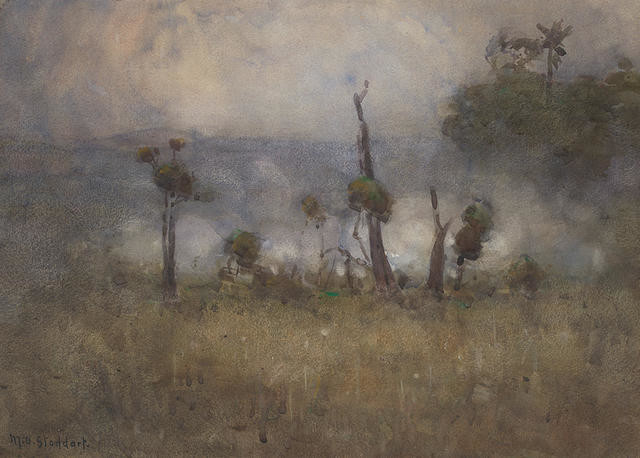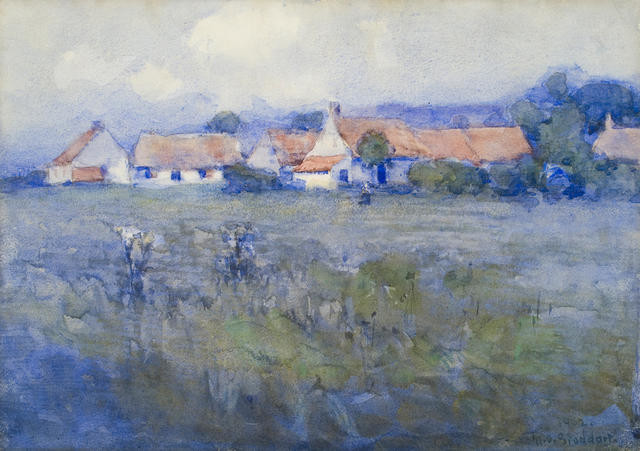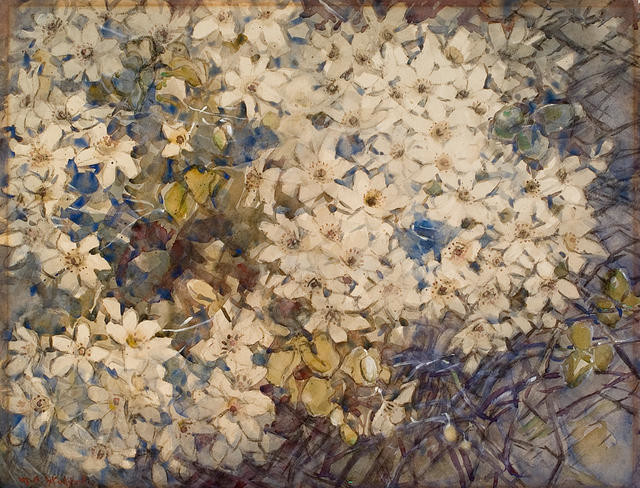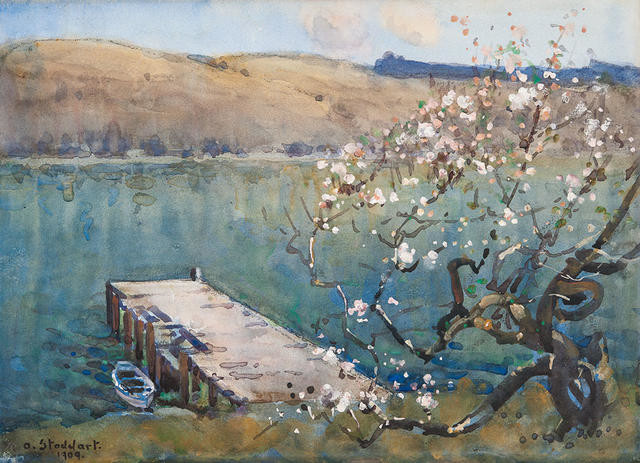What’s On

Coming soon.
From Here on the Ground

Our Design Store is having a revamp!
The shop is closed instore and online while we’re getting a fresh new look. Visit us again from 9 May.
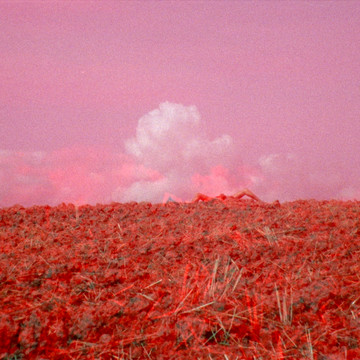
Exhibition closing soon.
Spring Time is Heart-break: Contemporary Art in Aotearoa
Open 7 days, 10am - 5pm
Late night Wednesday until 9pm
Free entry, free wifi


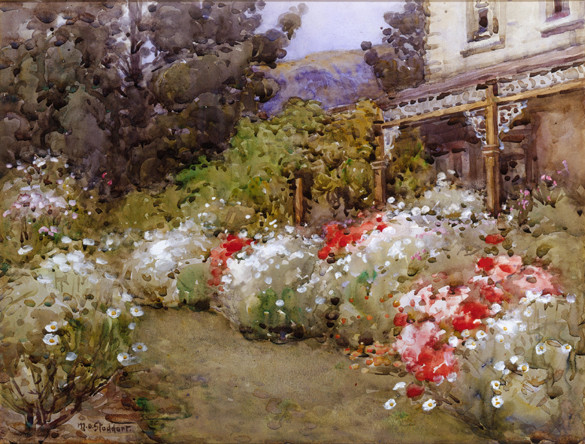
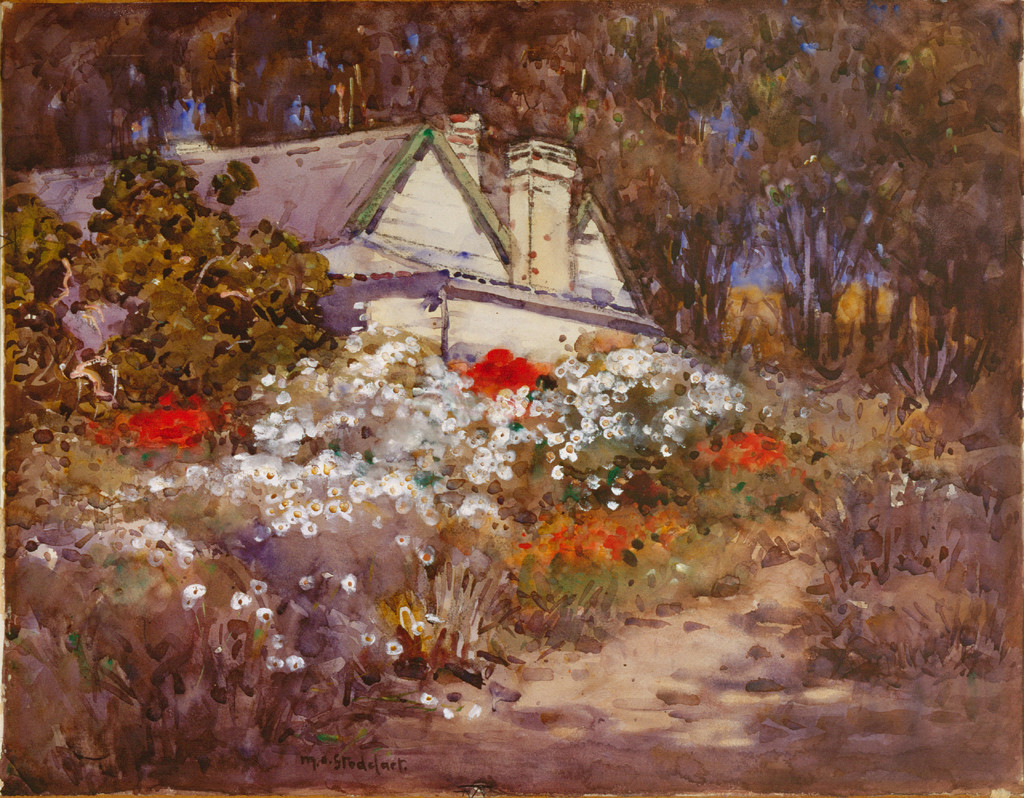

![An Otira Stream [also known as Mountain Rata]](/media/cache/b1/a6/b1a685e39ffb4d405a3f5d7f9ad77aac.jpg)
